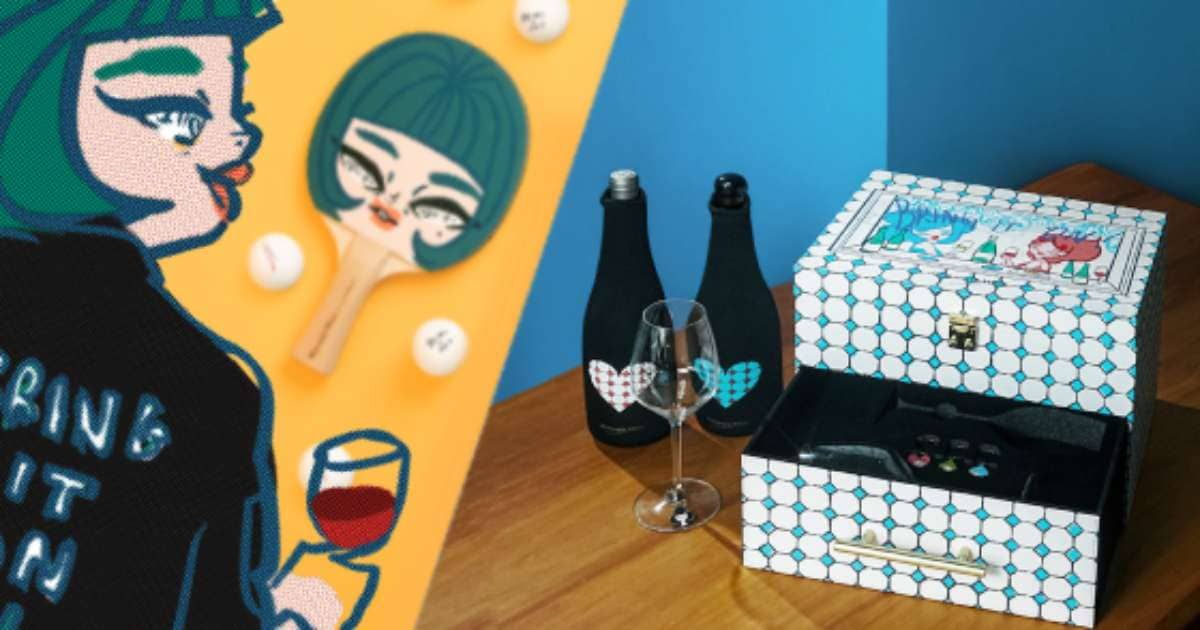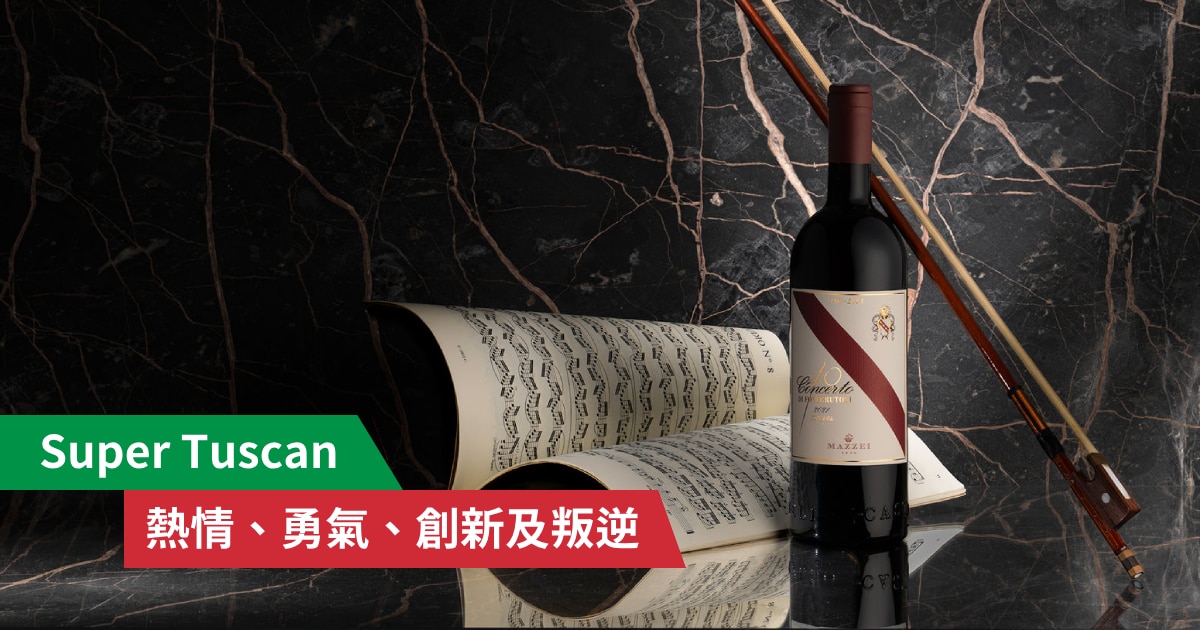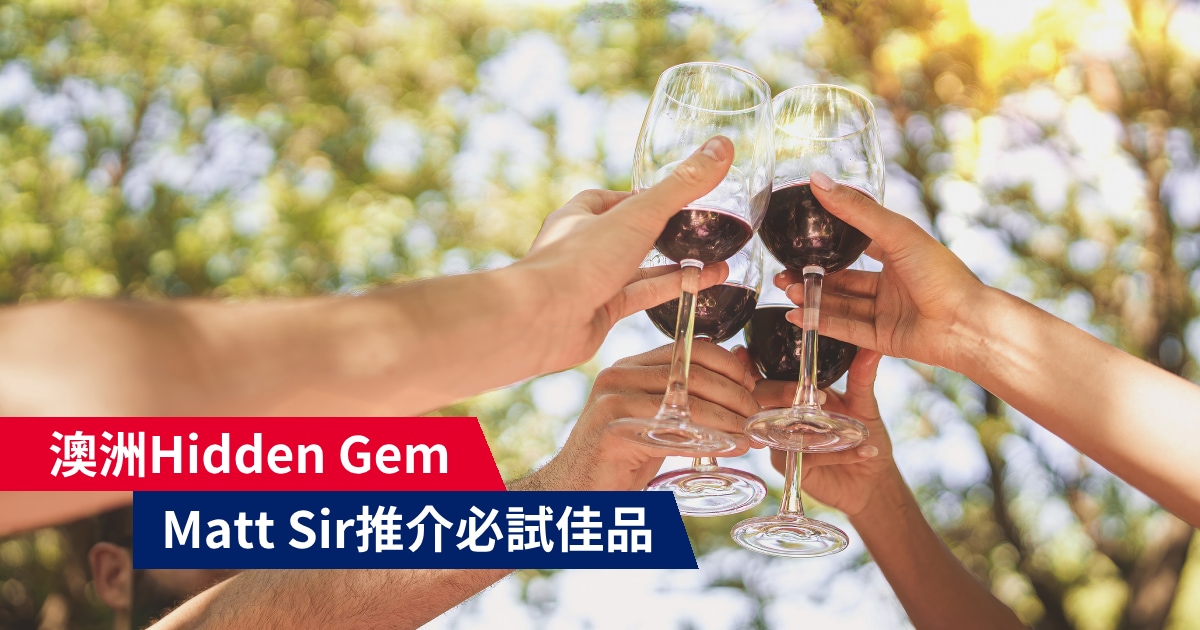Sake has been so on trend in recent years! Japanese restaurants in Hong Kong are offering a wider range of Sake selection while customers also love to explore Sake with different grades and prices at home. If you want to learn about Sake or simply want to have some key points to share with your friends, you must check out the 5 things about Sake we are highlighting below!
1. Sake’s Main Ingredients – Rice & Water
The most common Japanese alcoholic beverages are Sake & Shochu, with the former made mainly with rice while the latter made with barley, sweet potato, buckwheat and other ingredients, giving them very different styles. However, not all kinds of rice are suitable for making Sake. The ones used to brew Sake are called Brewery Rice, the best of which were named Shuzoukotekimai (sake-specific rice, the good rice for brewing Sake), for example, the popular “Yamadanishiki” (山田錦) and “Gohyakumangoku” (五百萬石). Compared to regular rice, sake-specific rice is usually larger in size and with more “white core”. Currently, Japan has over 100 varieties of sake-specific rice, which can be made into Sake of countless styles.
Besides, since water takes up over 80% ingredient of Sake, high quality water is essential for producing premium Sake. In particular, the minerals in the water determine the style and texture of the Sake produced. Water with more mineral substances is recognized as “Hard Water”, which can usually produce full-bodied Sake. These Sakes are called “Male Sake”. Hyogo and Kobe, for example, are known for brewing Sake with hard water. On the other hand, “Soft Water” with fewer mineral substances can produce light and smooth Sake with a hint of sweetness which are called “Female Sake”. Its well-known origins include Kyoto Fushimi, Niigata and Shizuoka. You can pay attention to the water used and the style difference when you try Sake next time!
2. What’s “Rice Polishing Ratio”?
“Rice Polishing Ratio” (精米步合) may sound technical, but it is a concept that Sake beginners must know. Brewery will polish sake-specific rice before winemaking in order to remove the outer layers or unnecessary materials, leaving the “white core” in the middle (the centre starch of the rice). “Rice Polishing Ratio” is the percentage of rice remained out of the unpolished rice. For example, if 60% of the rice is removed after polishing, the “Rice Polishing Ratio” is 40%. Therefore, the ratio is not the higher the rarer; in contrast, a lower “Rice Polishing Ratio” implies a higher purity as more outer parts of the rice have been removed, and a higher cost and longer production time will be required. To precisely retain the “White Core” starch, brewery would need to spend over 10 hours to polish the rice each time; for rice with a “Rice Polishing Ratio” of 40%, it takes over 70 hours.
3. Junmai vs Honjozo? Daiginjo vs Junmai Daiginjo?
You may often come across Sake terms, such as “Daiginjo” (大吟釀) and “Junmai Daiginjo” (純米大吟釀). They are actually the classifications of Sake. Each grading is related to the above-mentioned “Rice Polishing Ratio” and whether Brewing Alcohol has been added in the production of Sake!
First, sake can be divided into two categories: ” Junmai”(純米酒) and “Honjozo” (本釀造). Junmai (meaning pure rice alcohol in Japanese) is made only from polished rice, water, and Koji (a kind of fungus for fermentation) without the addition of alcohol, characterized by a stronger rice smell/taste and fuller body. For Honjozo, brewing alcohol will be added (below 10% of the total weight of rice), resulting in a lighter-bodied, refreshing and approachable Sake. Under the two categories, depending on the “Rice Polishing Ratio”, Sake can be classified to different levels. For those with 60% “Rice Polishing Ratio” or below, meaning over 40% of the rice was ground away, they can be called “Ginjo” or “Junmai Ginjo”; for those with 50% “Rice Polishing Ratio” or below, meaning over half of the rice was ground away, they can be called “Daiginjo” or “Junmain Daiginjo”.
| Rice Polishing Ratio | Without Brewing Alcohol
Ingredients: Rice, Water, Koji |
With Brewing Alcohol
Ingredients: Rice, Water, Koji & Brewing Alcohol (below 10% of the weight of the rice) |
| 70% | Junmai | Honjozo |
| 60% | Junmai Ginjo | Ginjo |
| 50% | Junmai Daiginjo | Daiginjo |
4. Food pairing with Sake?
Pairing the delightful Japanese cuisine with a small cup of Sake can instantly elevate the good taste! Based on the styles of Sake chosen, different dishes are suggested for pairing:
| Sake Type | Sake Style | Food Pairing |
| Honjozo | Lighter nose and flavours | Light appetizer: Tofu, Soba and so on |
| Daijingo/Jingo | Light flavours, Strong floral or fruity smell | Salmon roe, scallop, sweet shrimp sashimi, Sushi and so on |
| Junmai | Strong rice smell, full body, medium acidity | Yakimono (Japanese Grilled dishes): grilled beef tongue, grilled Capelin, skewers and so on |
5. Drink Cold or Warm?
One may choose to drink Sake chilled or warm, but which way is better? There are no definite answers. It is more a question of personal preferences. In Japan, they usually warm Sakes that are richer and dry to enhance its Umami; less often do they warm Sake of the grading of Jingo/Daijingo to avoid compromising its floral aromas. Japanese Master of Sake Kenichi Ohashi also noted that Japanese seldom warm Sake with strong floral or fruity notes, as they do not have the culinary culture of having fruit cooked. If we want to drink cold Sake, we can put the Sake into a refrigerator or ice bucket (but preferably not lower than 5°C). For warm Sake lovers, you can choose to warm the Sake in a water bath to a maximum of 60°C. If the temperature is too high, the aromas as well as alcohol contents will be lost. The expression of Sake in different temperature could vary significantly. Try more yourself to experience the diversity!



 Same Day Pick-up
Same Day Pick-up























